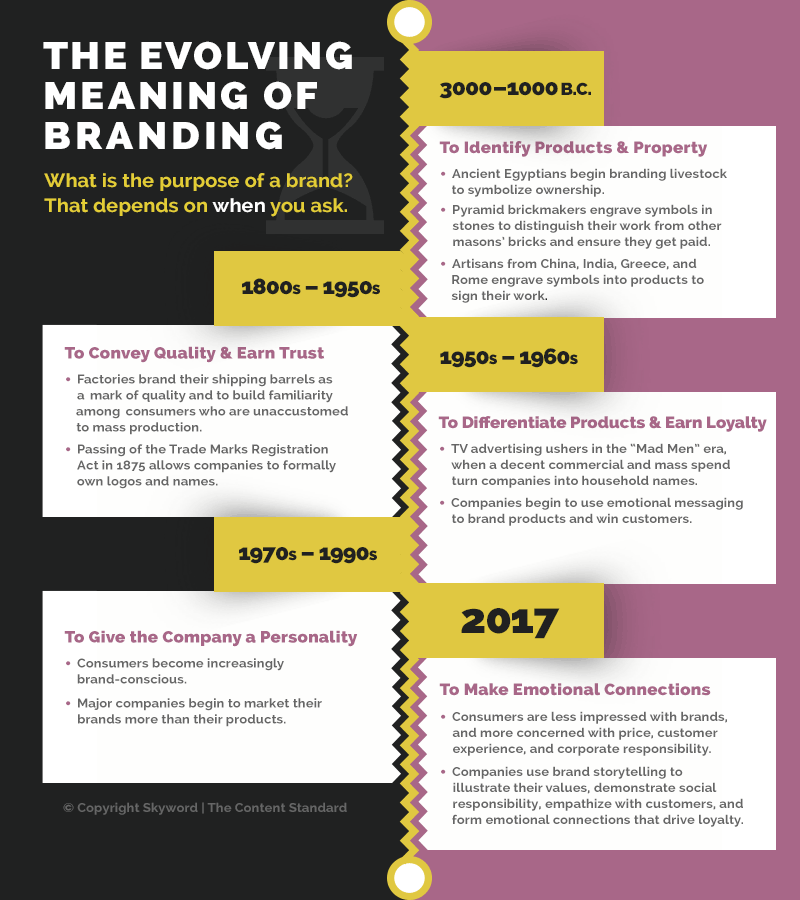Digital Imaging IV
Class 01: BrandTopics
- Class Introduction
- Branding
- Brand Elements
- Brand Breakdown Lab

Class Introduction
Hi There!
I'm Jon Cone
I am one of the full-time faculty in Cecil’s Visual Communication Program. I am mostly responsible for the game design and web design programs. I am also a freelance animator typically working on visualizations.
- Office Hours
- Tues 10:00am - 1:50pm
- Wed 1:00pm - 6:20pm
- Honestly just e-mail me. I will make time when it works for you.
- Contact Information: jcone@cecil.edu (prefered)
- (240) 466-1996 (personal)
- 410-287-6060 X 1470
This is an actual picture of me.
Demo Reel (a short collection of work)
- Name:
- What’s your name? What do you go by?
- Why you are here:
- Is this required for your major? Are you taking this course as an elective? Personal Enrichment?
- Experience:
- Do you have any history with graphic arts or arts in general? Any experience with Adobe or other graphics software?
Alright here is an actual picture of me.
Course Description:
Digital Imaging IV introduces the student to web page design. Students use Adobe Photoshop, Dreamweaver and Animate to conceive and create effective web sites that are easy to use and that meet the demands of the target market. Credit Hours: 4 Prerequisites: VCP 118

Assignments:
Each week a new lab assignment will be given. Each lab ties into the previous lab. All lab assignments will be submitted by the end of the day Sunday on Blackboard.
Projects:
There are three projects that are to be completed at the end of each lab series. They are similar to completing the labs but with more creative control.
Discussion Boards
After each project is completed, the appropriate media should be posted displaying your work along with a brief description. You will also post an introduction video the first week of the course.
You must also reply to two of your peers posts for full credit. You will have two weeks to post and reply from when the Discussion Board opens.
%
9 Labs
%
3 Projects
%
4 Discussion Boards
Branding
Brand
A brand in contemporary times refers to the overall reputation that is associated with a company or product’s marketing materials such as logo, strapline, and unique selling proposition.
History
In early times brands were used to show ownership. For most Americans the first thing they think of are Cowboys branding cattle. They were not the first to do so. There are instances of marking by ancient Rome artisans and Egyptian Pharaohs. These were not used as marketing tools but to simply say “mine.”
In early industrial times branding became more common. Products were massed produced with little to no regulation. Consumer goods therefore were inconsistent and sometimes even risky. Some manufacturers would purposefully add fillers to help increase profit margins.
Companies started seeing a benefit in putting their mark on products that consumers knew to trust. Eventually this became a marketing tool and was leveraged. Brands had inherent value.
Click on the image to the right to read an excellent article on the history of branding
Brand Equity
Refers to the inherit value of the brand. This can move up or down. It is the perceived added value beyond the product itself. Consumers will pay more for a premium brand.
Brands make a promise to the consumer. They must uphold those promises to maintain a brand status and uphold their value. It is easy to lose value through bad experience and much harder to get it back. Consumers are much more educated about companies than every before and social media allows them to voice their opinions.
Consumers will choose one brand over another because they feel it represents them better. Most luxury items are purchased for their status. People generally enjoy how a car makes them feel more than they care actually care how it drives. This is a power of branding.
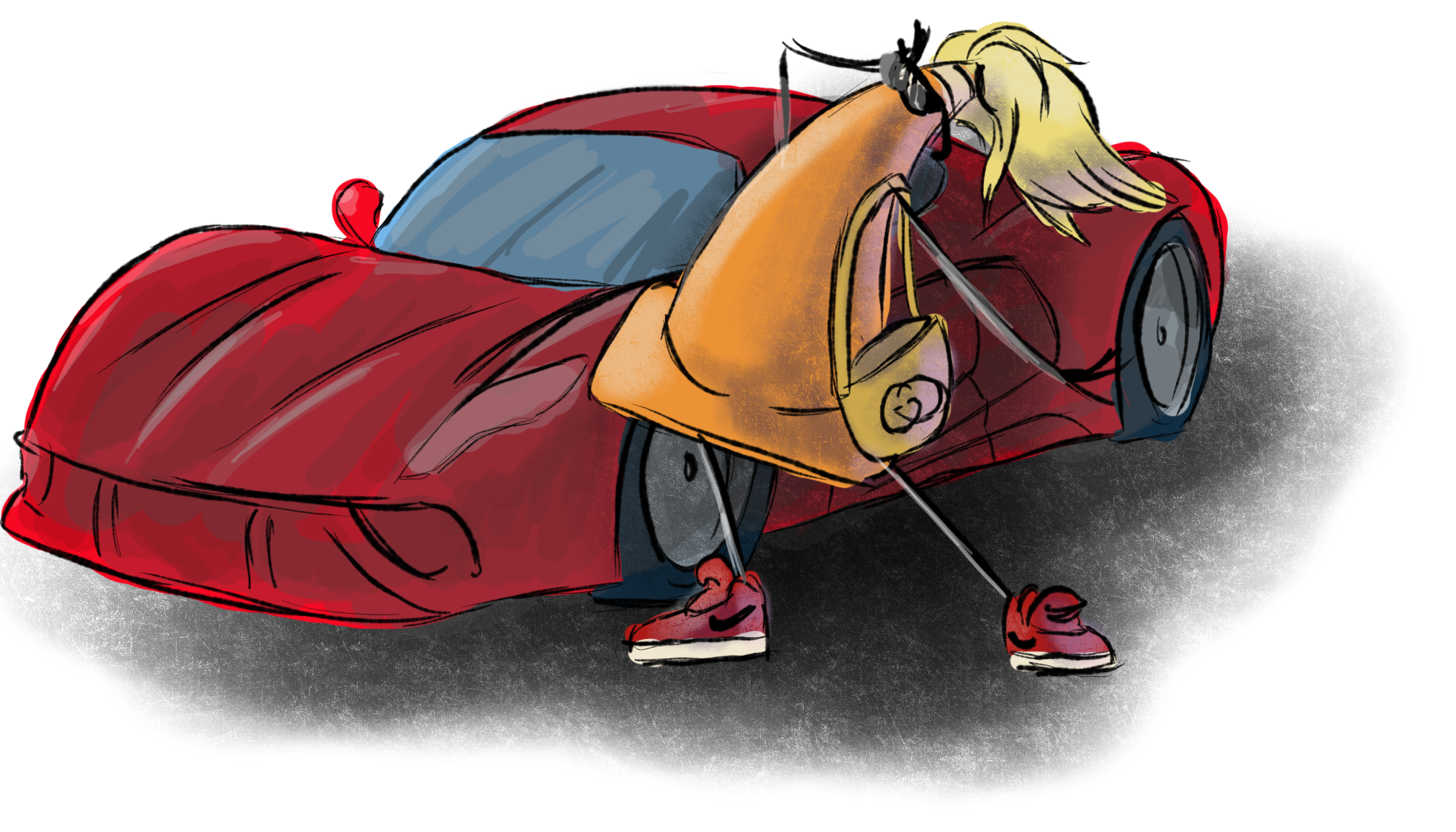
The status of a luxury brand cost more. It’s inherently part of the status.
Brand Elements
Unique Selling Proposition
As the name suggests, it represents how the brand is different and superior to its competitors. USP is also referred to as unique selling point or point of difference (POD). The idea is that you must have something to offer that others cannot to attract them.
Dr Squatch has entered a flooded market but have a strong USP. They make premium natural soap directed specifically at “manly” men.
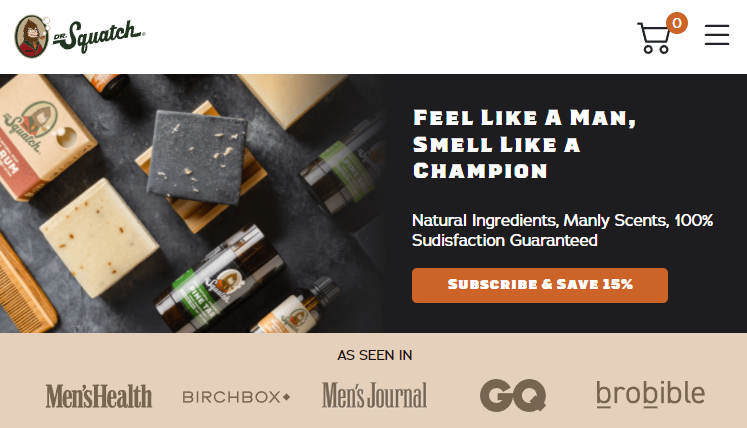
Strapline
Also known as a tagline or slogan, a strapline is a concise line of text usually associated with the logo that describes the values, promises, or aspiration of the brand. Like the logo this is meant to “stick” in your head and be instantly recognizable. You want something that draws attention and conveys the brand message.
Strategies for strapline development:
- Descriptive: states information regarding the brand
- Egocentric: embellishes the companies superior status
- Imperative: commanding directive
- Provocative: intriguing stimulating message
Logo
Logos are the graphic representation used to mark a product’s brand. These are generally symbolic graphics that are simple, unique, and attention grabbing.
They may be categorized:
-
- Pictoral: subjective images of objects, people, places
- Abstract: visually presents a feeling, mood, or concept
- Text: use of typography, either the name itself or fewer characters
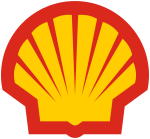
The Shell logo has been updated through the years but has maintained the same subject in order to maintain its sense of heritage

Beyond Petroleum uses an abstract logo that that mimics a sunflower and uses green to reposition themselves as a environmentaly conscious energy company

Exxon was originally Esso. In order to maintain a link with the previous name they made a stronger connection between the x’s like the connection between the s’s in the previous name.
Semiotics
The study of how symbols are used to communicate meanings, feelings, or other senses. In our case it is useful when trying to develop a visual language to attract target audiences to the brand.
- The semiotic elements of a brand presentation:
- Text
- Color
- Imagery
- Composition
You can see the brand name and strapline as text. These are also the name of the site as well as its tag line. Color and image is obviously present. The muted orange color is used througout the site to create cohesion as well as draw attention. The cone character is used extensively throughout the site. The composition changes depending on use.

Brand Breakdown Lab
Brand Breakdown
To demonstrate your understanding of brand design you will select an existing brand and breakdown its elements. First you should decide on an already established brand and research it’s origins. Using what you discover and read in the lecture you will write a brief description of the brand, breaking down its components. You should describe the text, font choice, shapes, imagery, style, meaning, and any other relevant information. Inside of Adobe InDesign or Photoshop you sholuld include the logo image, supporting images (created & acquired), and your written brief.
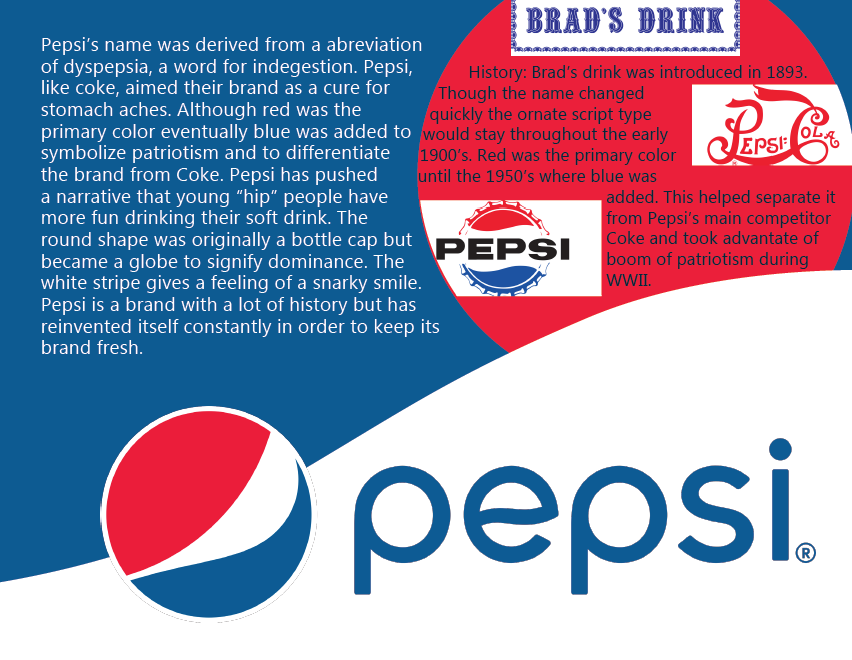
You will be graded on the following:
- Logo Image
- A high quality image of the brand logo is included
- Written Brief
- A well written description of the brand and logo resulting from expansive research
- Supporting Graphics
- Other images and graphics are included to illustrate findings
- Page Design
- The written informationa and images are presented in a creative appealing design
Resources:
- Assignment Video Tutorials
- You may watch the tutorial videos below to help you complete your assignment.
Assignment Video Tutorials
Here are the instructions for the first lab assignment
Wait! Before you go!
Did you remember to?
- Familiarize yourself with Blackboard
- Read through this webpage
- Submit Brand Breakdown Lab on Blackboard



